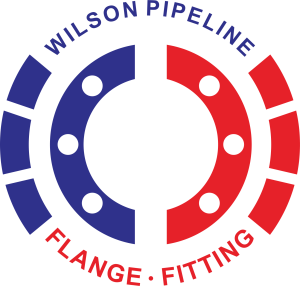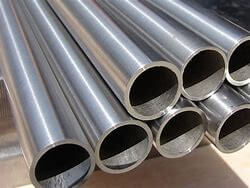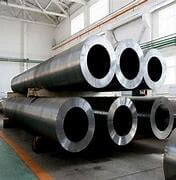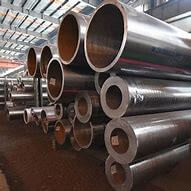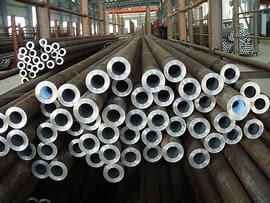Socket-welding fittings have several advantages and disadvantages, which are as follows:
Advantages:
1. High Strength: Socket-welding fittings provide high strength connections between pipes, making them suitable for high-pressure and high-temperature applications.
2. Easy Installation: Socket-welding fittings are easy to install and require no special equipment or tools. They can be quickly assembled and disassembled for maintenance and repair.
3. Good Flow Characteristics: Socket-welding fittings have smooth internal surfaces that provide good flow characteristics, reducing turbulence and pressure drop.
4. Cost-effective: Socket-welding fittings are generally less expensive than flanged fittings, making them an attractive option for many applications.
Disadvantages:

1. Limited Sizes: Socket-welding fittings are limited in size, typically ranging from 1/2 inch to 4 inches in diameter.
2. Limited Applications: Socket-welding fittings are not suitable for applications that require frequent dismantling, as repeated assembly and disassembly can damage the fitting.
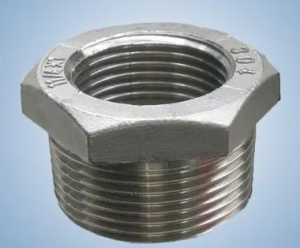
3. Stress Concentration: The socket weld joint creates a stress concentration point, which can lead to fatigue failure in high-stress applications.
4. Limited Corrosion Resistance: Socket-welding fittings may not provide sufficient corrosion resistance in highly corrosive environments.
Overall, socket-welding fittings are a reliable and cost-effective option for many piping applications. However, the choice of fitting type depends on the specific application requirements, such as the pressure, temperature, and type of fluid being conveyed, and it’s essential to consult with a materials engineer or a piping system designer to determine the most suitable fitting type for a particular application.
